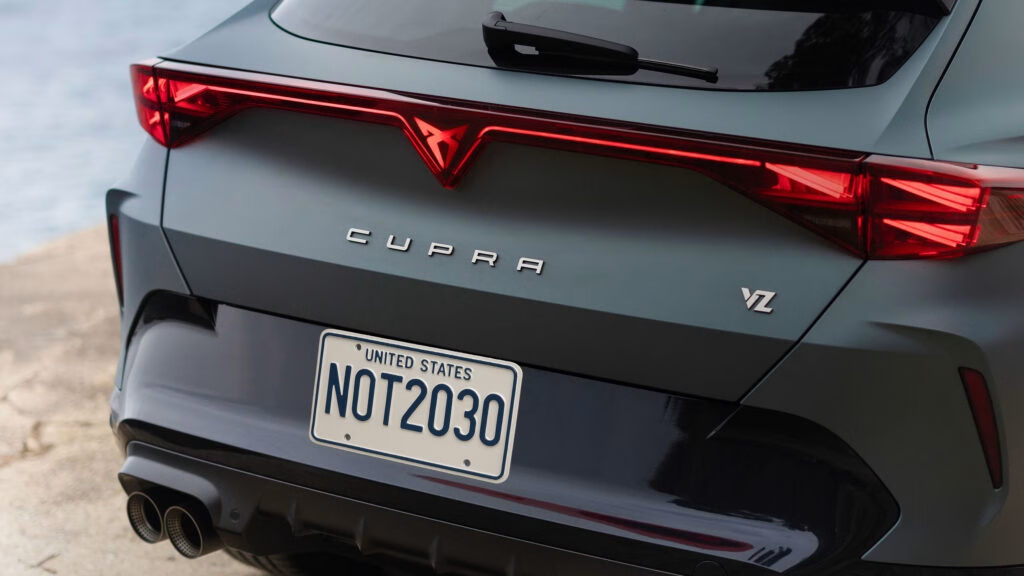Why Did Cupra Cancel Its US Launch Plans?
Cupra, the performance-focused offshoot of Volkswagen, was gearing up for a splashy entrance into the US market by 2030. That’s not happening anymore. The company recently confirmed it’s shelving its American expansion, at least for now. So, what’s behind this abrupt change of course?
The biggest culprit: tariffs. Earlier this year, the US and the EU agreed to hike tariffs on European car imports from 2.5% to a hefty 15%. That’s a game-changer for any European brand eyeing the States, especially one like Cupra that’s still building its global reputation. Add to that the 30% tariffs on vehicles built in Mexico (another potential Cupra production site), and suddenly, the math just doesn’t work.
But tariffs aren’t the only headache. The US market’s appetite for electric vehicles has cooled, with EV adoption rates lagging behind projections. According to a 2024 report from the International Energy Agency, EVs made up just 9% of new car sales in the US, compared to over 20% in Europe and China. For a brand planning to launch with two electric crossovers, that’s a tough pill to swallow.
What Models Was Cupra Planning to Bring to America?
Cupra’s US debut was supposed to feature two all-electric crossovers. One would have been a successor to the popular Formentor, currently offered with combustion engines in Europe. The other? A larger SUV, designed to compete with the likes of the Tesla Model Y and Ford Mustang Mach-E.
The plan was for the bigger model to be built at a Volkswagen Group plant in North America, possibly in Mexico. That would have helped Cupra sidestep some tariffs—until the US government slapped a 30% duty on Mexican-built EVs. Cupra was also in talks with the Penske dealer group, exploring ways to sell not just EVs but also plug-in hybrids and traditional combustion models.
Is Cupra Giving Up on North America Altogether?
Not quite. While the 2030 launch is off the table, Cupra’s leadership insists this is a pause, not a full stop. Sven Schuwirth, the brand’s Executive Vice-President for Sales, Marketing and Aftersales, said they’ll keep monitoring the market and could revisit their US plans if conditions improve.
That’s a smart move. Trade policies can shift dramatically with new administrations, and the US EV market is still evolving. If tariffs ease or American drivers start snapping up electric crossovers in bigger numbers, Cupra could be back in the game.
How Are Tariffs Impacting Cupra’s Global Business?
It’s not just the US market where Cupra’s feeling the pinch. The brand’s China-built Tavascan SUV faces a 21.3% duty when entering the EU, on top of the standard 10% import tax. That’s a steep price to pay, especially as competition from both legacy automakers and new Chinese entrants heats up.
Despite these hurdles, Cupra’s sales are on a tear. In the first half of 2025, deliveries jumped 33.4% to 167,600 vehicles—a record for the brand. It’s a testament to Cupra’s growing appeal, particularly in Europe, where its blend of sporty design and electrified powertrains is resonating with younger buyers.
What Does This Mean for US Car Enthusiasts?
For American fans who’ve been eyeing Cupra’s sharp styling and performance chops, this news stings. The brand’s combination of European flair and accessible pricing could have shaken up the US market, especially as more drivers look for alternatives to the usual suspects.
Still, there’s a silver lining. The global auto industry is in flux, and nothing is set in stone. Tariffs, consumer tastes, and technology are all moving targets. If Cupra continues to grow and the US market becomes more welcoming to new players, there’s every chance we’ll see those copper-badged crossovers on American roads down the line.
The big takeaway? Cupra’s story isn’t about perfection—it’s about smarter adjustments. Start with one change this week, and you’ll likely spot the difference by month’s end.

